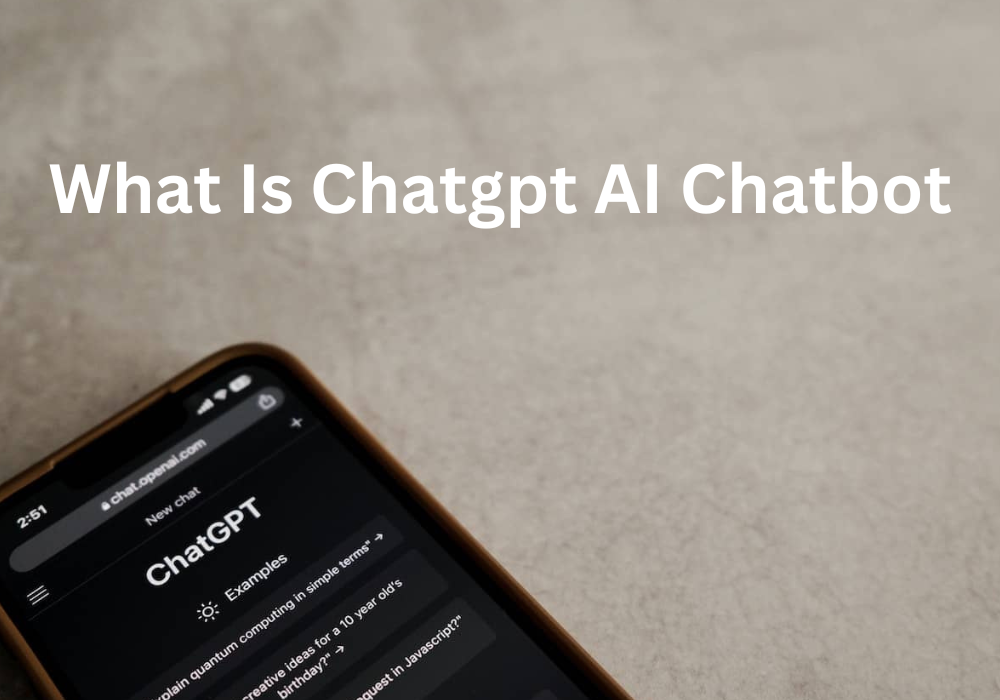In the rapidly evolving landscape of artificial intelligence, language models have taken center stage, transforming the way we interact with technology. One such groundbreaking model is Chat GPT, a product of OpenAI’s cutting-edge research in natural language processing. In this article, we will explore the intricacies of ChatGPT, its development, capabilities, and the impact it has had on various domains.
The Birth of ChatGPT
ChatGPT is part of the GPT (Generative Pre-trained Transformer) family, a series of language models developed by OpenAI. The journey began with GPT-1, followed by iterations like GPT-2, and eventually, GPT-3, which forms the foundation for Chat GPT. The underlying architecture, based on transformers, enables the model to understand and generate human-like text with remarkable accuracy and coherence.
Understanding the Architecture
At its core, Chat GPT employs a transformer architecture, a revolutionary approach in the field of natural language processing. Transformers leverage self-attention mechanisms, allowing the model to weigh the significance of different words in a sentence contextually. This attention to context is pivotal in understanding the nuances of language, making the model adept at generating coherent and contextually relevant responses.
Training Process
The development of ChapGPT involves pre-training on vast datasets, exposing the model to diverse linguistic patterns and structures. GPT-3, with its 175 billion parameters, was trained on an extensive dataset, encompassing a wide range of internet text. This pre-training phase equips Chat GPT with a broad understanding of language, enabling it to respond intelligently to a myriad of user inputs.
Fine-Tuning for Conversational Context
While pre-training provides ChatGPT with a strong linguistic foundation, fine-tuning is the key to tailoring the model for specific applications. OpenAI fine-tunes ChatGPT website on custom datasets, honing its ability to engage in coherent and contextually relevant conversations. This meticulous fine-tuning process ensures that the model aligns with user expectations in various scenarios.
Capabilities and Use Cases
ChatGPT’s capabilities extend far beyond mere conversation. Its natural language understanding allows it to excel in a variety of applications:
1. Conversational AI:
Chat GPT serves as a powerful tool for building conversational agents, virtual assistants, and customer support bots. Its ability to comprehend and generate human-like text makes it a valuable asset in creating engaging and effective chat-based interfaces.
2. Content Generation:
Content creators leverage ChatGPT for ideation, content drafting, and creative writing. The model can assist in generating articles, stories, and even poetry, providing inspiration and augmenting the creative process.
3. Programming Assistance:
Developers find Chat GPT unlimited to be a valuable companion in coding tasks. The model can help with writing code snippets, debugging, and offering explanations for programming concepts, streamlining the development process.
4. Education and Learning:
ChatGPT’s ability to explain complex concepts in a user-friendly manner makes it a useful tool in educational settings. It can provide explanations, answer queries, and offer supplementary information across a wide range of subjects.
5. Language Translation:
The language-agnostic nature of Chat GPT allows it to assist in translation tasks. Its understanding of context aids in producing more accurate and contextually relevant translations.
Ethical Considerations and Challenges
The deployment of language models like ChatGPT raises ethical concerns, primarily related to biases and misuse. The model learns from the data it is trained on, and if the training data contains biases, the model may inadvertently perpetuate them. OpenAI is actively working on addressing bias issues and ensuring responsible AI use through ongoing research and development.
Another challenge lies in the potential misuse of Chat GPT for generating malicious content or engaging in harmful activities. OpenAI has implemented safety mitigations and usage policies to mitigate such risks, but the responsible deployment of AI models remains an ongoing challenge for the entire industry.
The OpenAI API and Accessibility
OpenAI has made ChatGPT accessible through the OpenAI API, allowing developers to integrate its capabilities into their applications. The API provides a straightforward interface for interacting with the model, opening the door to a wide array of innovative applications across industries.
Future Developments
As of my last knowledge update in January 2022, the landscape of AI research is constantly evolving. OpenAI continues to refine and enhance its models, and future iterations of the GPT series may bring even more advanced language capabilities. The integration of user feedback and ongoing research efforts will likely contribute to the evolution of ChatGPT and similar models.
Conclusion
In the realm of natural language processing, ChatGPT stands as a testament to the incredible strides made in the field of AI. Its ability to understand and generate human-like text has paved the way for transformative applications across various domains. While challenges and ethical considerations persist, the responsible development and deployment of models like ChatGPT hold the potential to revolutionize how we interact with technology, ushering in a new era of intelligent and context-aware systems.

